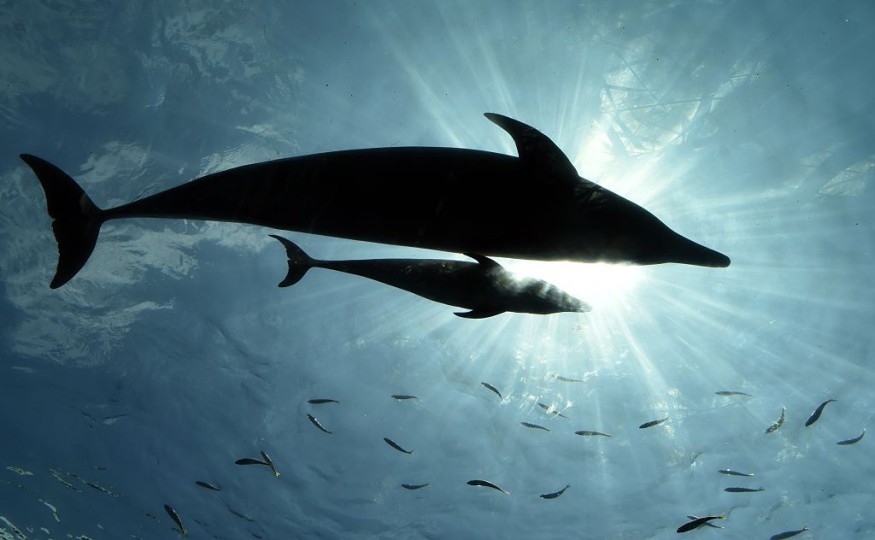
Scientists found Australian dolphins that form the "largest alliance network known outside of humans" in Shark Bay, north of Perth.
A group of 121 male dolphins form alliances in order to mate with females according to NewsWeek, while some groups appeared to have rivalries with other dolphins.
Research has previously shown that dolphins are incredibly intelligent animals, fast learners and problem solvers. While they are not the only species with these abilities, more and more evidence show that they share several key characteristics with humans.
Researchers at the University of Western Australia (UWA), University of Bristol, University of New South Wales and University of Massachusetts conducted a study of the largest alliance network known outside of humans that are not only strategic but multi-level.
Alliances Among Australian Dolphins
Research co-author Simon Allen, an Adjunct Research Fellow at UWA and UWA Oceans Institute, says that a number of animals 'team up' usually in contests over rank or access to females.
"Think of lions, for example, which typically ally with relatives and once mature, attempt to overthrow an established alliance in order to take over a pride of females," he said, adding that certain primate form alliances usually over access to mating rights.
"Male dolphins in Shark Bay, on the other hand, form alliances within a large, open, social network."
Findings published in PNAS show a surprising case of convergence in dolphin societies that resembles humans' capacity to build strategic cooperative relationships across multiple social levels. These results reveal strategic intergroup alliances formed in both dolphins and humans between unrelated individuals, likely selecting for enhanced social cognition.
The team includes co-authors Stephanie King, an Adjunct Research Fellow from UWA's School of Biological Sciences and UWA Oceans Institute, Richard C. Connor of Florida International University and Michael Krützen of the University of Zurich.
Also read : Platypus At Risk After Queensland, NSW Flooding
Types of Alliance Between the Dolphins
The first order alliances allowed males to capture female dolphins for hours or weeks according to the team, while the second and third order alliances steal females from other groups, and defend themselves against theft attempts.
However, the researchers report that males with stronger third alliance bonds were able to protect females for a longer period of time, supporting an earlier conjecture that males have intergroup alliances for this reason.
In terms of size, the expert said that second-order alliances from four to 14 individual members were widely scattered in an area. Meanwhile, third-order allies with a female may be important for backup in the event of an attack by another alliance for your female.
Moreover, these alliances were believed to be integral to the dolphins' reproductive success.
"Here we see a remarkable three levels of alliance formation in a population of a species other than our own," Allen noted, adding that this further shows several similarities of dolphins with humans.
© 2026 NatureWorldNews.com All rights reserved. Do not reproduce without permission.





